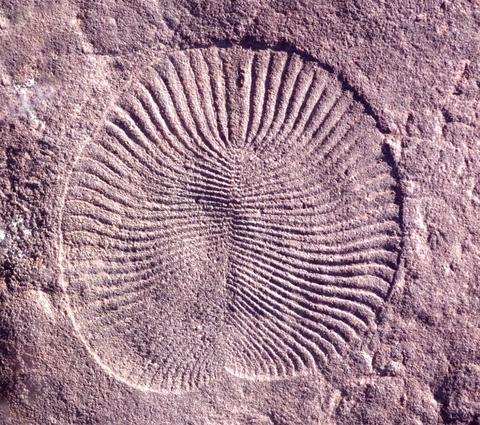New research shows that we humans are like the Earth’s first animals. Although they may have lacked heads, legs, or arms, pieces of them remain in us.
The research by the University of California, Riverside shows that about 555-million-year-old oceanic creatures from the Ediacaran period share genes with present animals, including humans.
Mary Droser, a geology professor at UCR, said that none of these had heads or skeletons and most looked like 3D bathmats on sea floors with round discs that stuck up. These animals are so weird that we can’t assign them to modern categories, and also we can’t extract their DNA.
“Well-preserved fossil records helped the team link the animals’ appearance and likely behaviours to genetic analysis of currently living things”, UCR doctoral graduate Scott Evans, the first author of the paper added.
The team used four animals representative of the over 40 recognized species that have been identified from the Ediacaran era for the analysis of these creatures. Their sizes were from a few millimetres to about a meter in length.
Kimberella were teardrop-shaped creatures with one broad, rounded end and one narrow end that likely scraped the seafloor for food with a proboscis. These could move using a “muscular foot” like snails. They studied many creatures which included flat, oval-shaped Dickinsonia with a series of raised bands on their surface, and Tribrachidium, who spent their lives immobilized at the bottom of the sea, Ikaria, animals recently discovered by a team including Evans and Droser.
These Ikaria were just about the size of a grain of rice, and these represent the first bilaterians. Evans said that Ikaria likely had mouths, though those weren’t preserved in the fossil records, and they crawled through organic matter eating as they went.
All the four animals were multicellular with cells of different types and most of them had symmetry with non-centralized nervous systems and musculature.
These also seemed to repair damaged body parts through a process known as apoptosis. We see that the same genes are involved as key elements of the human immune system. They help to eliminate virus-infected and pre-cancerous cells.
These animals likely had the genetic parts responsible for heads and the sensory organs usually found there. However, the complexity of interaction between these genes that would give rise to such features hadn’t yet been achieved.
The team is planning to investigate muscle development and functional studies to further understand early animal evolution.
Journal Reference:
Scott D. Evans, Mary L. Droser, Douglas H. Erwin. Developmental processes in Ediacara macrofossils. Proceedings of the Royal Society B: Biological Sciences, 2021; 288 (1945): 20203055 DOI: 10.1098/rspb.2020.3055

